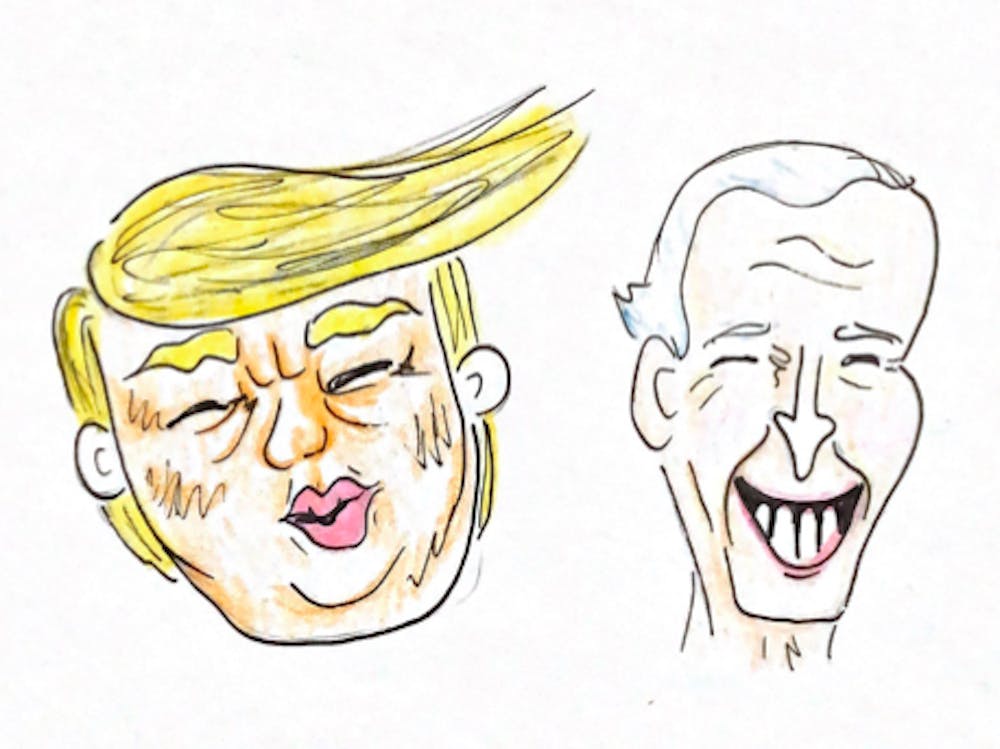Since the beginning of the Trump Administration, a group of political scientists has conducted surveys of experts and the general public for a project called “Bright Line Watch.” A series of questions in the expert survey prompts respondents to rate recent events on two scales: first, is the event normal or abnormal? And second, is the event important or unimportant? The August 2020 questionnaire asked respondents to rate on both scales such episodes as the U.S. withdrawal from the World Health Organization and law enforcement’s use of chemical irritants against protestors outside the White House in advance of President Trump’s walk to St. John’s Church in Lafayette Square.
The necessity for such a survey highlights a dilemma facing many of us who study American politics. Our outlook, our training and our methods are premised on an environment that is normal. Our explanations are more convincing if we can bring more information to bear on a subject, so we seek as many cases as possible of things that are as comparable as possible. Voters, members of Congress, U.S. states, pieces of legislation and so on.
As some critics have long argued, this approach can predispose us to believe that things are the same when they really are different. People or public officials or policies are not always easily compared. The circumstances of one era may so fundamentally differ from another that information from the two periods should not be included in the same dataset. The desire to build a neat spreadsheet can cause scholars to dismiss much that is interesting or vital about their subjects.
So how should we view this administration and this election? The 2016 election result was a surprise to most of us (myself included). But in retrospect, there is much about it that looked normal. A simple model that uses economic indicators and public approval of the incumbent president predicts the result quite well. Notwithstanding all the profiles of the “typical Trump voter,” the vast majority of those who voted for Trump in 2016 also voted for Mitt Romney in 2012, consistent with what we know about the stability of party identification and its role in explaining vote choice.
And yet, this year, we are in the midst of a global pandemic. This year, we have seen what may have been the most extensive anti-racism protests ever. This year, there has been an economic downturn that is unprecedented for an election season. And this year, the president has pressured his attorney general to investigate his opponent, has called into question the integrity of the vote and has been curiously reluctant to distance himself from racist extremist groups. This is all abnormal and it is all important.
When it comes to the election, I’m betting on the normal indicators. Despite so much that has been upsetting and new, the data that is now filling up our spreadsheets is behaving about as we would expect it to behave. The basic contours of a presidential race almost never change in the closing days of a campaign, and I don’t expect them to change this time.
But a larger lesson of the last four years, and of this year especially, is that understanding what is normal in U.S. politics does not mean understanding the entirety of U.S. politics. We “experts” should be humble enough to recognize that there is much that we do not know about the emergence and impact of the abnormal. And we should engage with these questions, not just in our responses to surveys, but in our research, our teaching and our lives as citizens.
Bert Johnson is a professor of political science at Middlebury.
Four years in retrospect: A political scientist’s lessons in engaging with the abnormal

Comments

